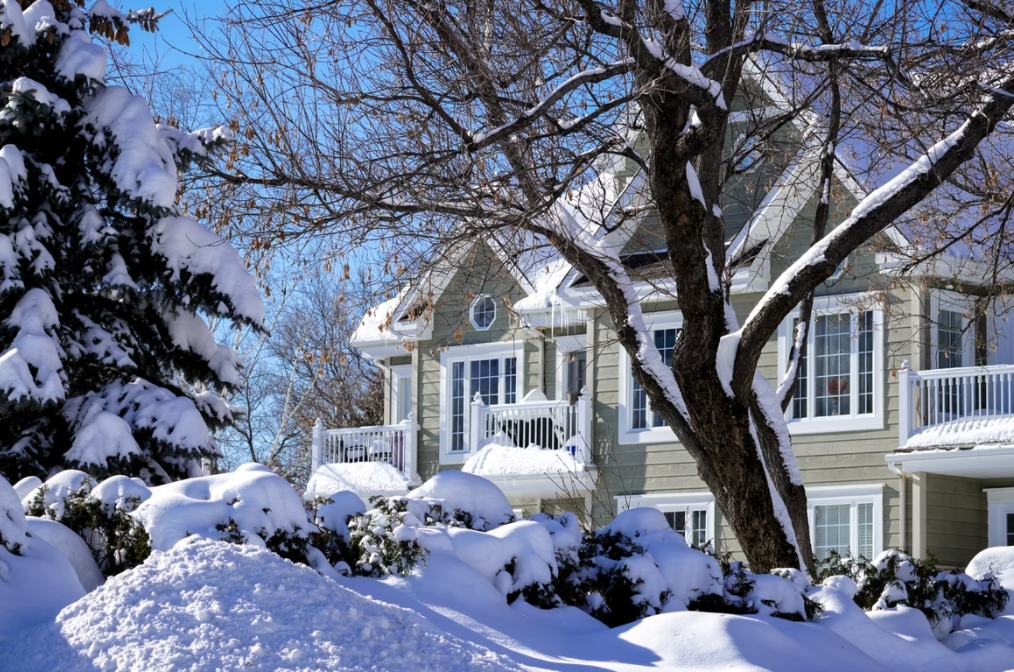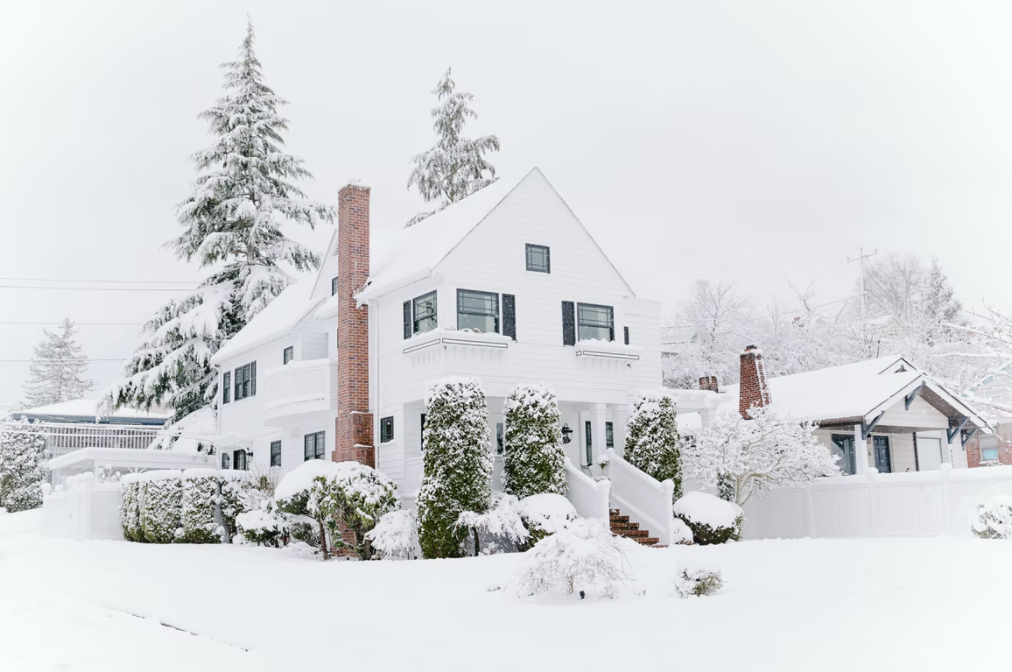Winter Weather Damage Alert

Here are some ways the winter weather can damage your home, and how you can prepare for it!

Photos By: Unsplash
The winter season is usually received with much warmth, especially since it is also the same time people celebrate the happiest holidays of all. But it can be unkind to your homes. Every winter is different. Some years you experience a relatively mild winter, and the others, you get really chilly together with snow, rain, wind, and ice. Nonetheless, you have to prepare your home just the same. Even the mildest winter could wreak havoc if you welcome the season unprepared. Here are several ways the winter weather could potentially damage your abode and what you can do to prevent or treat them.
Fierce Winds can Damage the Roof and Other Parts of the House
With strong winds come fallen leaves that collect in the roof and gutters. The incident may lead to clogging and sometimes water damage since the water that cannot get through clogged downspouts may leak into the home, cracking foundations and flooding basements.
Strong winds may also cause broken branches to hit different parts of the house and break glass windows, doors, and others. As a result, it may reduce your home’s protection against the elements and make you vulnerable to costly home repairs overall.
To prepare against fierce winds, make sure that you leave no loose objects in your yard. You must also inspect your shrubs and trees and cut down any dead branches that may easily give in.

The Freezing Cold can Crack the Caulk and Create Drafts
The chilly weather is not only bad for your health but your utility bills as well. As the temperature drops, the caulk starts to crack, creating drafts in the windows and doors, letting the cold air in. When that happens, your heating system gets overworked and requires more energy to run efficiently.
The cool weather also encourages mold and mildew to permeate the house. When you keep all the windows and doors shut to preserve the heat, moisture is trapped, and that’s how mold grows.
A great way to avoid higher energy bills is to keep track of the caulk and reapply as needed to seal off the drafts. To deal with mold growth, you need to invest in a dehumidifier, which will keep the air moving and the humidity levels low.

Heavy Snowfall can Strain the Roof
Ice and snow that collect in the roof could give you severe troubles like loose shingles and ice dams. Too much of these winter staples can bring down your shade completely or, at the very least, cause cracks that may let water in and cause harm to the ceiling, walls, and other areas.
To keep the worst-case scenario from happening, make sure that you clear out your roof and gutters with all forms of debris before the chilly weather sets in. Once it starts snowing, you brave the cold once in a while to de-ice. You need to control the amount that collects on the roof and keep it out of dangerous levels.
We can’t blame you if you constantly have a love-hate relationship with the chilly weather. To better enjoy the season and keep your home free from possible damages, make sure you do the necessary precautions and preparations.






